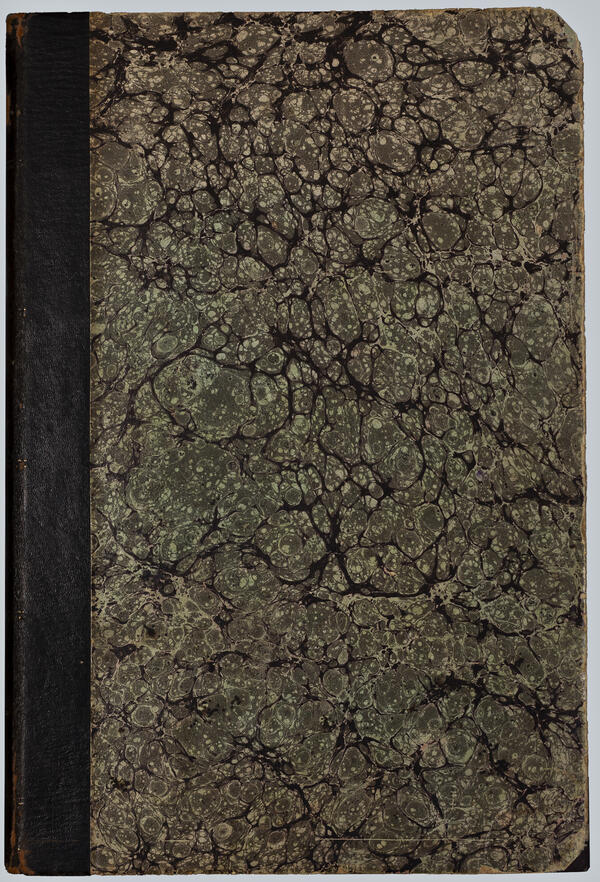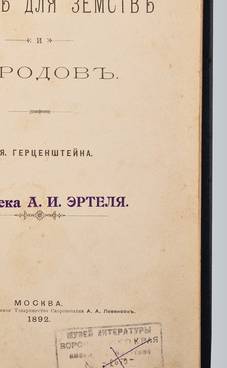Alexander Ivanovich Ertel met the author of the novel “Chronicles of the Smurino Village” Pavel Vladimirovich Zasodimsky in 1876 (Zasodimsky himself indicated 1875 in his memoirs) in Usman, in the house of Ivan Vasilyevich Fedotov, Ertel’s father-in-law and the founder of the Usman public library. In his memoirs, Pavel Zasodimsky wrote,
Chronicles of the Smurino Village
Once at Fedotov’s, I met a young man who came from the village to collect some books. This young man — blond, tall, thin, handsome, with a soft caressing look in his kind, thoughtful eyes — was Alexander Ivanovich Ertel. He was no more than twenty at the time. From our very first meeting, or, one might even say, from the very first words we exchanged, he instilled confidence in me, and I got to know him very well. And now the memories of him are among my dearest and most cheerful reminiscences.
Pavel Zasodimsky belonged to the Narodnik movement in Russian literature. He traveled extensively through the Voronezh, Tambov and Vologda Governorates, observed the life of peasants and had firsthand knowledge of their troubles. Ertel, who was the son of an estate agent and grew up in this environment, also had a special place in his heart for the theme of the Russian countryside.
Pavel Vladimirovich Zasodimsky greatly contributed to Ertel’s writing career. In 1878, he helped the aspiring writer to publish his first story “The Resettlers” in the Russkoye Obozreniye (Russian Review) magazine. Then Zasodimsky invited Ertel to Saint Petersburg and offered him to manage a library he had recently opened for writers and public figures. According to Zasodimsky’s memoirs, their friendship lasted for 33 years.
The book “Chronicles of the Smurino Village”, presented by Zasodimsky to Ertel in October of 1906 with a dedicatory inscription “as a token of respect and in memory of old friendship”, was not the first edition of this work. The novel was first printed in the Otechestvennye Zapiski (Notes of the Fatherland) magazine in 1874 and depicts the post-reform village and the lives of Russian peasants back in those years.
The writer recalled that the first chapters of the novel were written in the early 1870s when he worked as a teacher in a rural school in Bolshiye Meglitsy of the Borovichsky Uyezd, Novgorod Governorate. Zasodimsky found vivid personalities in the peasants around him that served as prototypes for the characters in his books. In his memoirs, he wrote, “I felt quite at ease with peasants, as an equal; I drank tea with them, shared bread and salt, and boldly expressed my opinion on every subject they raised…”



